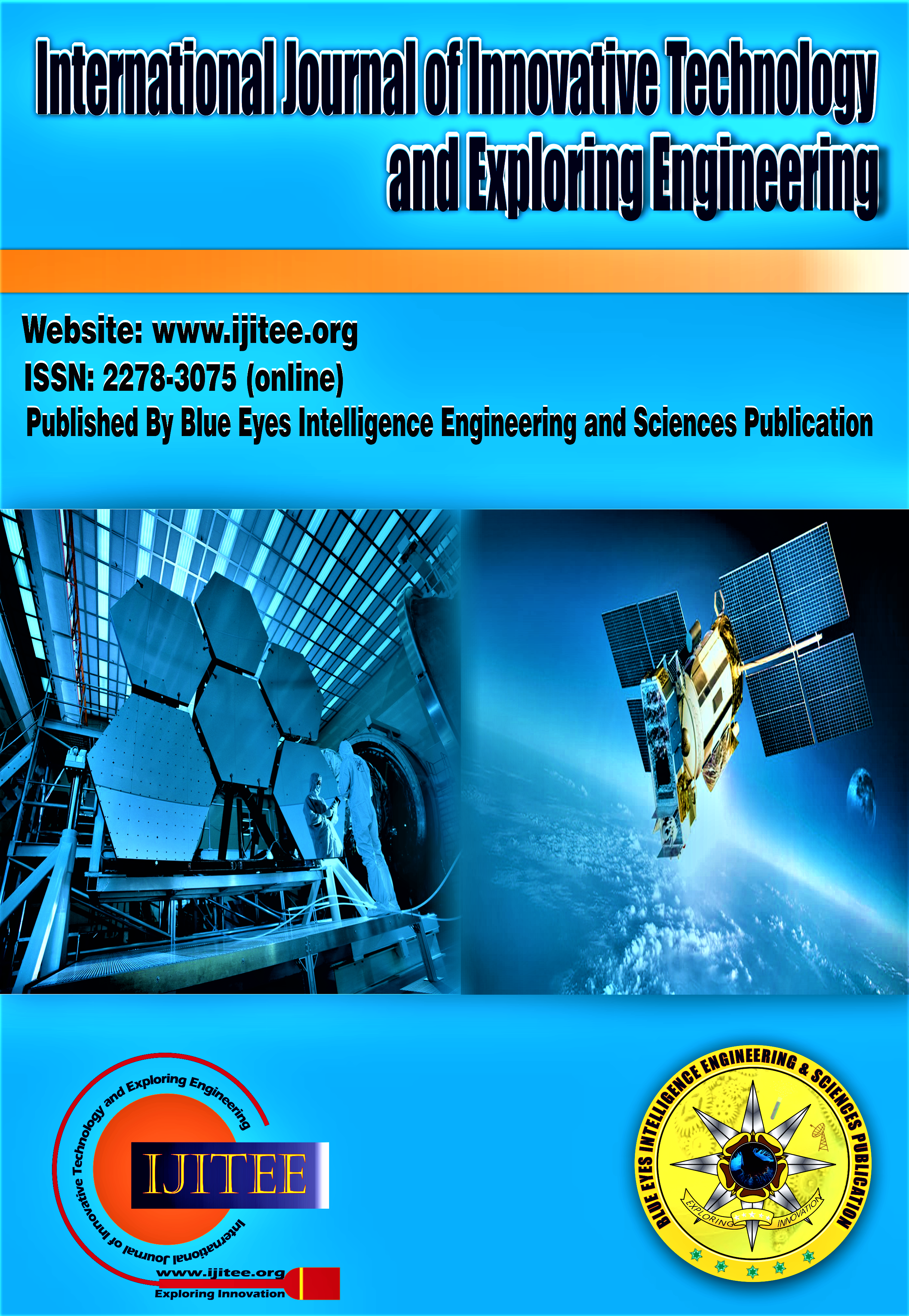Analysing Factors Affecting Implementation of Automated Construction Progress Monitoring in Indian Construction Industry
Main Article Content
Abstract
Automated construction progress monitoring has evolved as a critical element in modern construction projects, increasing efficiency and decision-making processes. It has gained recognition as a revolutionary technology in the global construction industry. However, its successful implementation in India presents distinct problems driven by a variety of factors such as technological challenges, financial restrictions, a shortage of qualified labour, resistance to technology adoption, a high initial investment, and so on. This research explores the importance of automated construction progress monitoring, examines the factors that influence its adoption, and makes recommendations for its implementation in the Indian construction industry. By recognising these variables, construction stakeholders can better negotiate the hurdles and reap the benefits of automated monitoring technology.
Downloads
Article Details
Section

This work is licensed under a Creative Commons Attribution-NonCommercial-NoDerivatives 4.0 International License.
How to Cite
References
Xue, J., Hou, X., & Zeng, Y. (2021c). Review of Image-Based 3D Reconstruction of building for Automated Construction Progress Monitoring. Applied Sciences, 11(17), 7840. https://doi.org/10.3390/app11177840
Alizadehsalehi, S., & Yitmen, İ. (2018b). A concept for Automated construction progress monitoring: Technologies adoption for benchmarking project performance control. Arabian Journal for Science and Engineering, 44(5), 4993–5008. https://doi.org/10.1007/s13369-018-3669-1
Reja, V. K., Pradeep, M. S., & Varghese, K. (2022). A Systematic Classification and Evaluation of Automated Progress Monitoring Technologies in Construction. Proceedings of the ISARC. https://doi.org/10.22260/isarc2022/0019
Qureshi, A. H., Alaloul, W. S., Wing, W. K., Saad, S., Ammad, S., & Musarat, M. A. (2022). Factors impacting the implementation process of automated construction progress monitoring. Ain Shams Engineering Journal, 13(6), 101808. https://doi.org/10.1016/j.asej.2022.101808
Brilakis, I. K., & Soibelman, L. (2008). Shape-based retrieval of construction site photographs. Journal of Computing in Civil Engineering, 22(1), 14-20.
Kopsida M, Brilakis I, Vela P. A review of automated construction progress and inspection methods. In: Proc. 32nd CIB W78 Conf. Constr. IT; 2015: pp. 421– 431.
Pazhoohesh M, Zhang C. Automated construction progress monitoring using thermal images and Wireless Sensor Networks. In: Proceedings, Annu. Conf. - Can. Soc. Civ. Eng., 2015: pp. 593–602.
Son H, Kim C. 3D structural component recognition and modeling method using color and 3D data for construction progress monitoring. Autom Constr 2010;19(7):844–54. doi: https://doi.org/10.1016/j.autcon.2010.03.003.
Alaloul WS, Qureshi AH, Musarat MA, Saad S. Evolution of close-range detection and data acquisition technologies towards automation in construction progress monitoring. J Build Eng 2021; 43:102877. doi: https:// doi.org/10.1016/j.jobe.2021.102877.
El-Omari S, Moselhi O. Integrating automated data acquisition technologies for progress reporting of construction projects. Autom Constr 2011;20 (6):699–705. doi: https://doi.org/10.1016/j.autcon.2010.12.001
Qureshi, A. H., Alaloul, W. S., Wing, W. K., Saad, S., Musarat, M. A., Ammad, S., & Kineber, A. F. (2023). Automated progress monitoring technological model for construction projects. Ain Shams Engineering Journal, 14(10), 102165. https://doi.org/10.1016/j.asej.2023.102165
Systematic Literature Research of the Current Implementation of Unmanned Aerial System (UAS) in the Construction Industry. (2019). In International Journal of Innovative Technology and Exploring Engineering (Vol. 8, Issue 11S, pp. 416–428). https://doi.org/10.35940/ijitee.k1073.09811s19
Mahajan, G. (2021). Applications of Drone Technology in Construction Industry: A Study 2012-2021. In International Journal of Engineering and Advanced Technology (Vol. 11, Issue 1, pp. 224–239). https://doi.org/10.35940/ijeat.a3165.1011121
Anjaneyulu, B., & Sankar, Dr. A. B. (2020). Intensive Modulated Three-Dimensional Computed Tomography Radio Therapy. In International Journal of Recent Technology and Engineering (IJRTE) (Vol. 8, Issue 5, pp. 2437–2440). https://doi.org/10.35940/ijrte.e5075.018520
Nasir, F. M., & Watabe, H. (2020). Validation of the Image Registration Technique from Functional Near Infrared Spectroscopy (fNIRS) Signal and Positron Emission Tomography (PET) Image. In International Journal of Management and Humanities (Vol. 4, Issue 9, pp. 63–69). https://doi.org/10.35940/ijmh.i0877.054920
Kumari, J., Patidar, K., Saxena, Mr. G., & Kushwaha, Mr. R. (2021). A Hybrid Enhanced Real-Time Face Recognition Model using Machine Learning Method with Dimension Reduction. In Indian Journal of Artificial Intelligence and Neural Networking (Vol. 1, Issue 3, pp. 12–16). https://doi.org/10.54105/ijainn.b1027.061321





